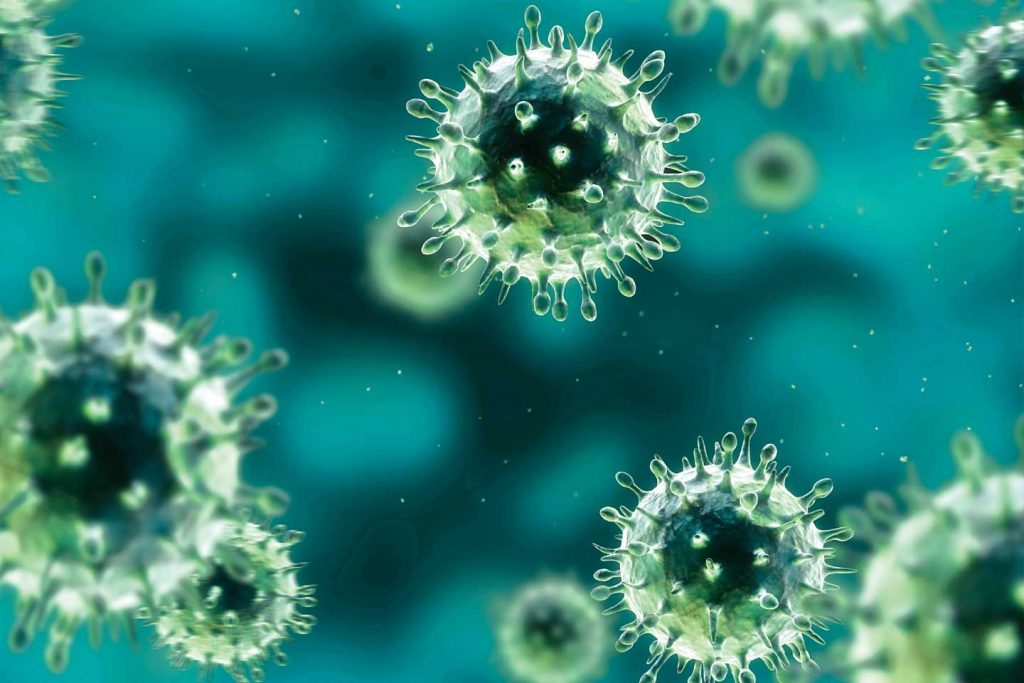A study was made by the team at TARDIS ( Tandem Aged Respiratory droplet investigation ) states that after a cough or sneeze comes out of a person body depending on the virus or bacteria they have found the range of time the bacteria stays active in the air for around 10min to 45min depending on the air levels around you and the wind .Past research has suggested the influenza virus can survive up to two to three hours in a droplet form ( meaning once you sneeze there are micro drops that leave your mouth and fly around depending on the air temperature as well as the wind) , but there has been debate over whether the droplets are able to stay suspended in the air long enough to spread contagion . When droplets are big, gravity can pull them down so they don’t remain airborne. And some droplets are quickly diluted to low concentrations by surrounding air. The important thing to understand here is that scientists really only have estimates for how far coughing and sneezing can spread germs, not hard numbers. Some of this might even depend on how forcefully a person coughs or sneezes. (Scream sneezers, we’re looking at you. But we also know it’s not your fault.) Large respiratory droplets containing pathogens like influenza can travel up to 6 feet when a sick person coughs or sneezes, according to the CDC. A 2014 study by MIT scientists published in the Journal of Fluid Mechanics suggests this number may be way higher for smaller airborne particles. Researchers used high-speed video upwards of 1,000 frames per second to record sprays of mist as well as human coughs and sneezes, finding that smaller droplet particles traveled as far as 2.5 meters horizontally through the air. That’s more than 8 feet. The study also recorded smaller airborne droplets spraying 13 to 20 feet vertically in the air, which researchers noted was theoretically high enough to enter and travel through some ceiling ventilation systems in some buildings. The researchers posit that this impressive (and kind of nauseating) distance is because smaller pathogens can travel as part of a buoyant cloud that extends their reach.Someone who is ill sneezing or coughing on or near you can boost your chances of getting sick. This is true even if you hold your breath. “The particles will stay there for many minutes, and in some cases many hours, and you can’t hold your breath that long,” said Keith Roach M.D., associate professor in clinical medicine at New York Presbyterian Hospital. Or you could rush away from the scene, but the particles may still be on your clothes, which you might touch later. You get the picture
Excellent hygiene practices may help you avoid getting sick
People! Soap and water are most effective at preventing transmission of illnesses like the cold and flu, but Dr. Roach recommends keeping alcohol-based hand sanitizer at the ready for the times you can’t wash your hands. Your sanitizer should be at least 60 percent alcohol in order to be as effective as possible. Even with great hand hygiene, you should try to avoid touching areas like your mouth, nose, and eyes, since those are possible portals for pathogens. That stands whether or not your entire office has come down with the flu. If someone around you is obviously sick, the CDC advises avoiding close contact if at all possible. You should also disinfect common surfaces (like doorknobs) often. Finally, Dr. Greninger recommends prioritizing lifestyle measures that can help your immune system work as well as possible, like getting adequate sleep. Eating in a way that fuels you and trying to manage stress are good ideas, too.

